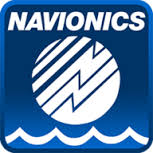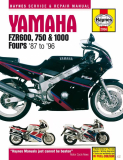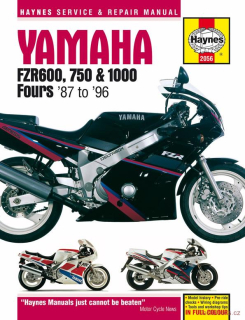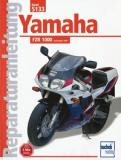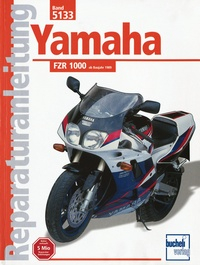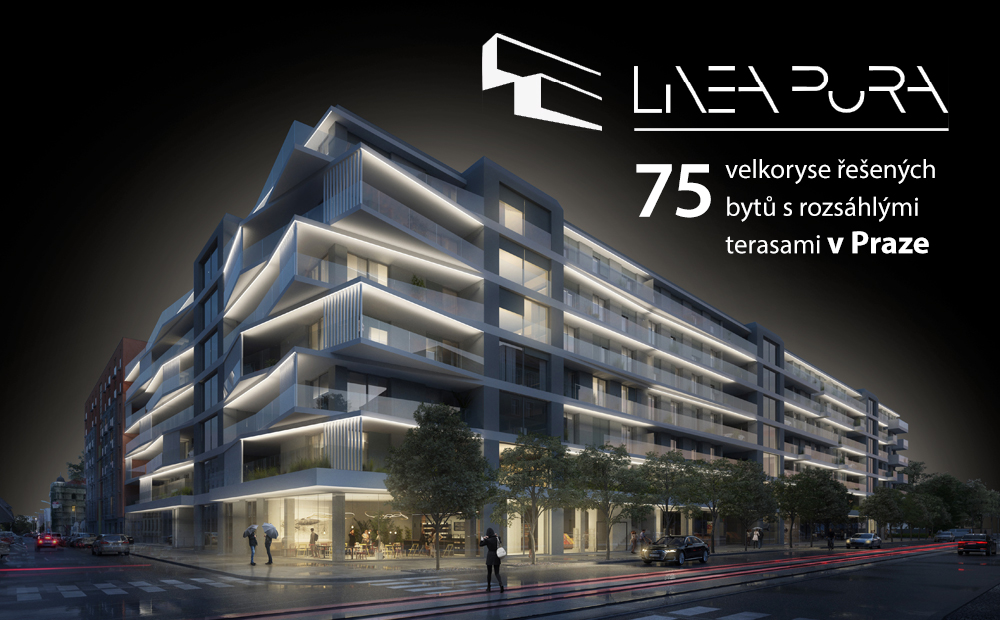Anotace
| Vazba: | Brožovaná | ||
| Počet stran: | 140 | ||
| Rozměry v mm: | 210 x 280 | ||
| Počet obrázků: | 220 | ||
| Rok vydání: | 2011 | ||
Introduced to the public by Yamaha at the IFMA motorcycle show in Cologne, Germany, on September 18th 1986, the FZR 1000 Genesis was created to build upon the successful reputation established by its predecessors in the supersport category, the RD 350 and RD 500 models. The FZR 1000 also marked a major change of engine type being used by Yamaha, the company switching to four-stroke powerplants for its new generation of high-performance superbikes and ditching the previous two-stroke units.
At the heart of the machine was a water-cooled, four-cylinder, 989cc DOHC 20-valve engine, similar in basic configuration to the one debuted in the FZ 750 two years earlier. A notable element of this new engine design was a cylinder block which was tilted forward at an angle in order to reduce the overall unit height and keep the bikes centre of gravity as low as possible. In its original form, the engine developed 130bhp at 10,000rpm, enough to give the FZR 1000 a top speed of over 155mph (250kph).
For 1989 the engine displacement was increased to 1,002cc but the real innovation came from the adoption of the Exhaust Ultimate Power (EXUP) control system. Consisting of a servo-driven valve which restricts exhaust gas flow at lower revs, EXUP also enables larger bore header pipes to be fitted thus increasing flow at higher engine speeds. Together with larger valves, revised cam timing and bigger carburettors, the end result was a boost in power up to 145bhp, sufficient for a top speed of around 172mph (275kph).
Alterations for 1989 were not confined to the engine specification as the Delta Box 2 frame design also incorporated the motor as a structural component, doing away with the down tubes. These and other improvements gained the FZR 1000 the accolade Bike of the Decade for Yamaha. Further regular enhancements included four-pot brake callipers, new front forks and modifications to the ram-air unit in 1991/92 when a single headlight replaced the original twin headlight set-up for that period. Yamaha reverted to twin headlights thereafter and this styling feature remained unchanged till production in 1995. Included are road & comparison tests plus full performance data. Models reported on: Genesis, EXUP, OWO1, FXUP, RU, AC and the Vance & Hines specials. A total of 140 fully illustrated pages.










